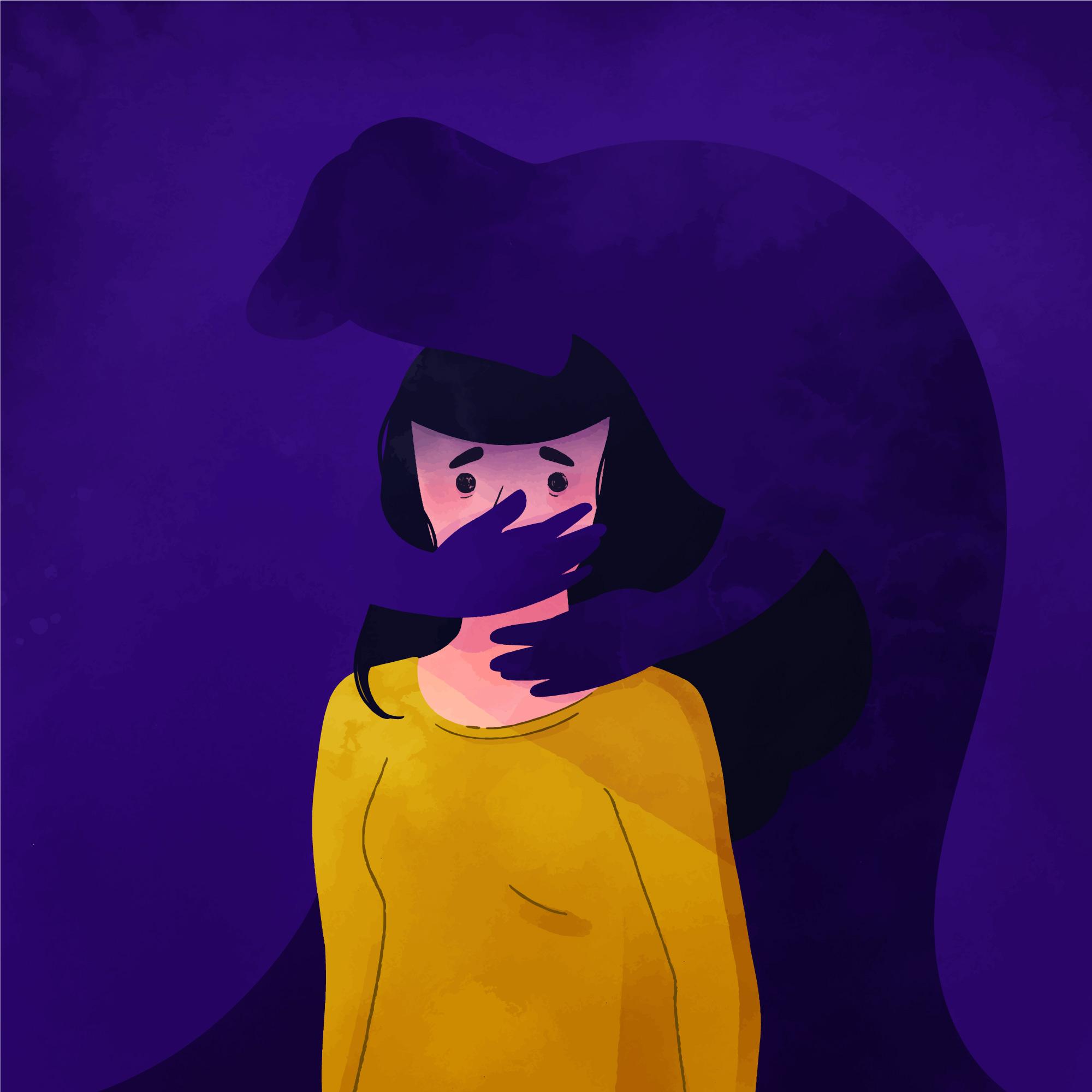Personality Disorders
Overview
Personality disorders (PDs) are enduring patterns of behaviour, cognition, and inner experience that deviate markedly from the expectations of an individual’s culture. These patterns are pervasive and inflexible, leading to distress or impairment. In India, the prevalence of PDs has been reported to be lower than global averages, with early studies indicating rates ranging from 0% to 2.8% in the general population.
Key Facts
- Prevalence: A study conducted in North India found a PD prevalence of 1.07% among psychiatric outpatients, with anxious-avoidant and borderline personality disorders being the most common.
- Demographics: The same study observed a higher occurrence of PDs in individuals aged 21-40 years (69.4%), with a male predominance (64.9%).
Symptoms and Patterns
Personality disorders manifest through various symptoms, which can be categorized based on specific disorders:
- Borderline Personality Disorder (BPD): Characterized by intense fear of abandonment, unstable relationships, impulsive behaviours, and significant mood swings.
- Anxious-Avoidant Personality Disorder: Marked by feelings of inadequacy, hypersensitivity to negative evaluation, and social inhibition.
Risk and Protective Factors
Risk Factors:
- Genetic Predisposition: Family history of PDs or other mental health disorders.
- Childhood Trauma: Experiences of abuse, neglect, or prolonged stress during formative years.
- Environmental Influences: Dysfunctional family dynamics or exposure to unstable relationships.
Protective Factors:
- Strong Support Systems: Having supportive family and friends can mitigate the development or severity of PDs.
- Early Intervention: Timely psychological support during adverse experiences can prevent the onset of PDs.
Treatment and Care
Effective management of personality disorders in India involves a combination of therapeutic approaches:
- Psychotherapy: Cognitive Behavioural Therapy (CBT) and Dialectical Behaviour Therapy (DBT) are commonly employed to help individuals recognize and alter maladaptive thought patterns and behaviours.
- Medication: While no specific medications are approved for PDs, certain drugs can alleviate co-occurring symptoms like depression or anxiety.
- Rehabilitation Programs: Structured programs focusing on skill development, social integration, and vocational training can be beneficial.
Psychological and Psychosocial Interventions
- Dialectical Behaviour Therapy (DBT): Particularly effective for BPD, DBT combines CBT techniques with mindfulness practices to help individuals manage emotions and reduce self-destructive behaviours.
- Group Therapy: Provides a platform for individuals to share experiences, develop interpersonal skills, and receive feedback in a supportive environment.
- Family Therapy: Involves family members in the therapeutic process to address dysfunctional dynamics and improve communication.
Conclusion
Personality disorders present unique challenges within the Indian context, influenced by cultural, social, and familial factors. Recognizing the symptoms and understanding the associated risk factors are crucial steps toward effective intervention. With appropriate treatment and support, individuals can manage PDs and lead fulfilling lives.



